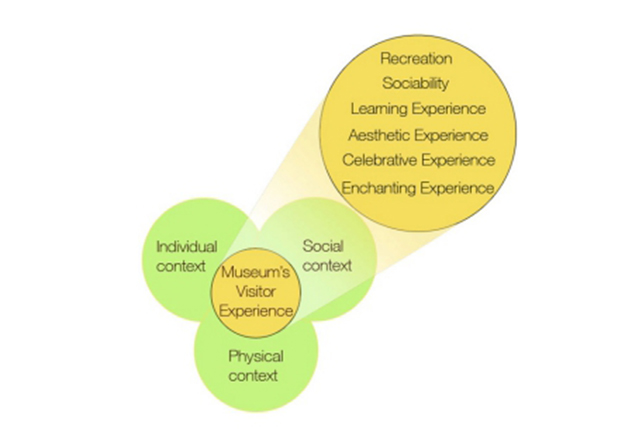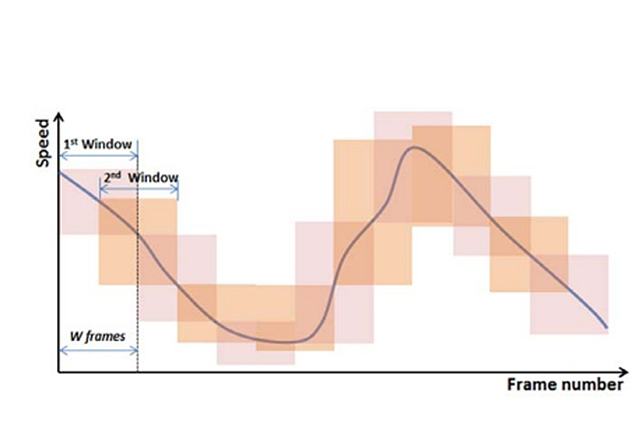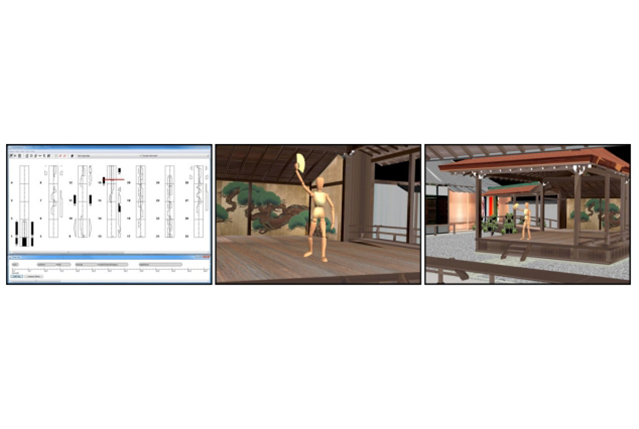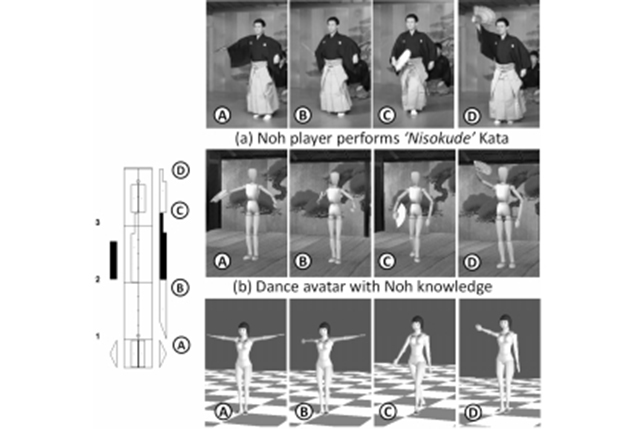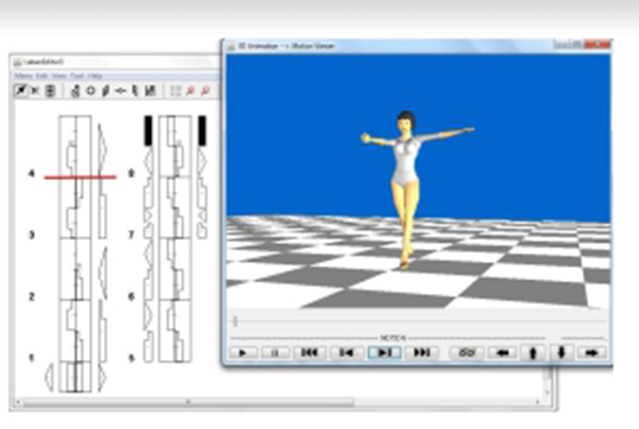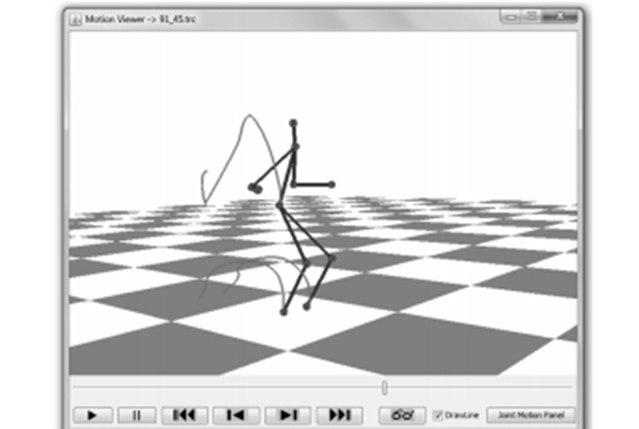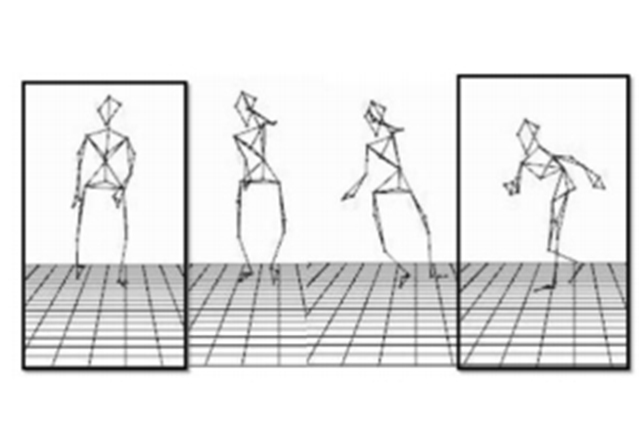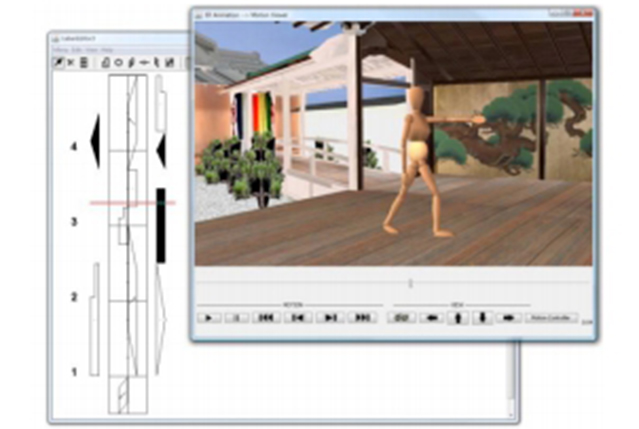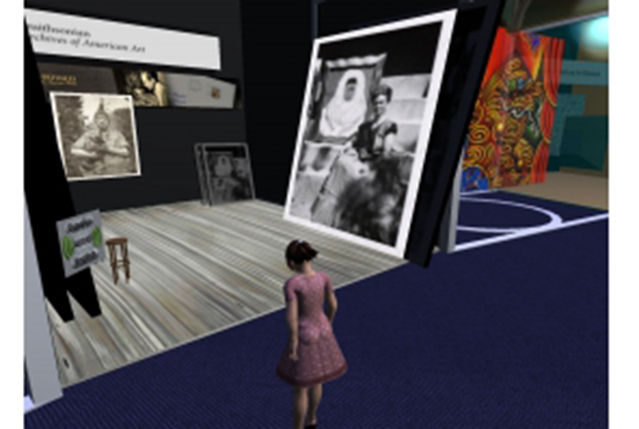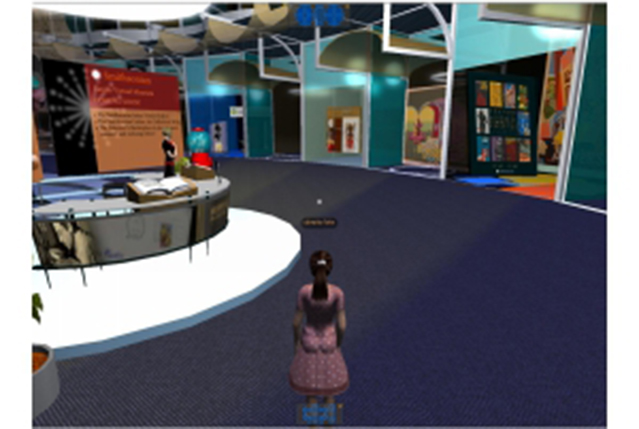AUTHORS: Kingkarn Sookhanaphibarn and Utaiwan Chatuporn
ABSTRACT: Since the early 20th century, museums and art galleries have been responding to a changing, increasingly diverse society, wherein a broader public is interested in culture and/ or arts. They are adjusting their products or adopting the existing technology to the needs of this changing society in order to serve a larger part of the population and gain revenues. With a burst of very popular social media, several museums have utilized the social media such as Facebook, Blog, Podcast, MySpace, and Flickr to communicate with their visitors or interesting group of people. Many visitors will learn new things and gain new experience for a single visit








